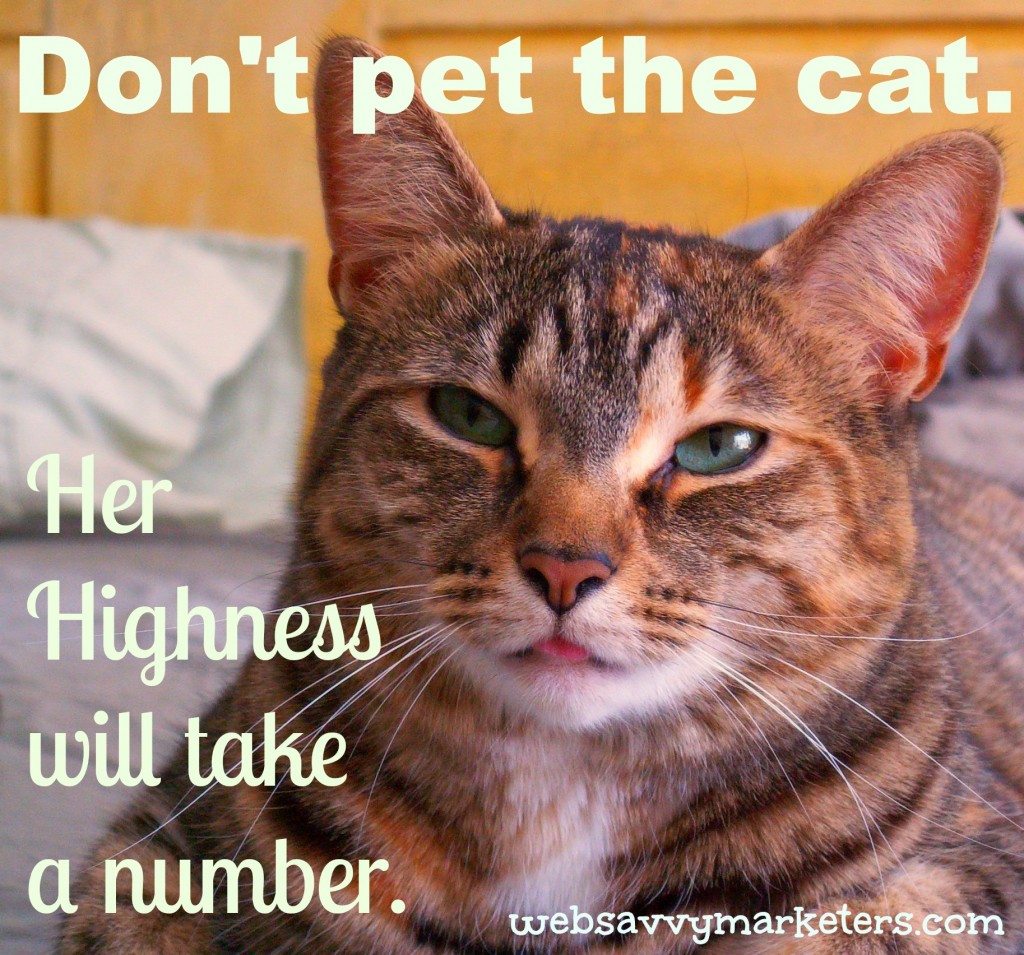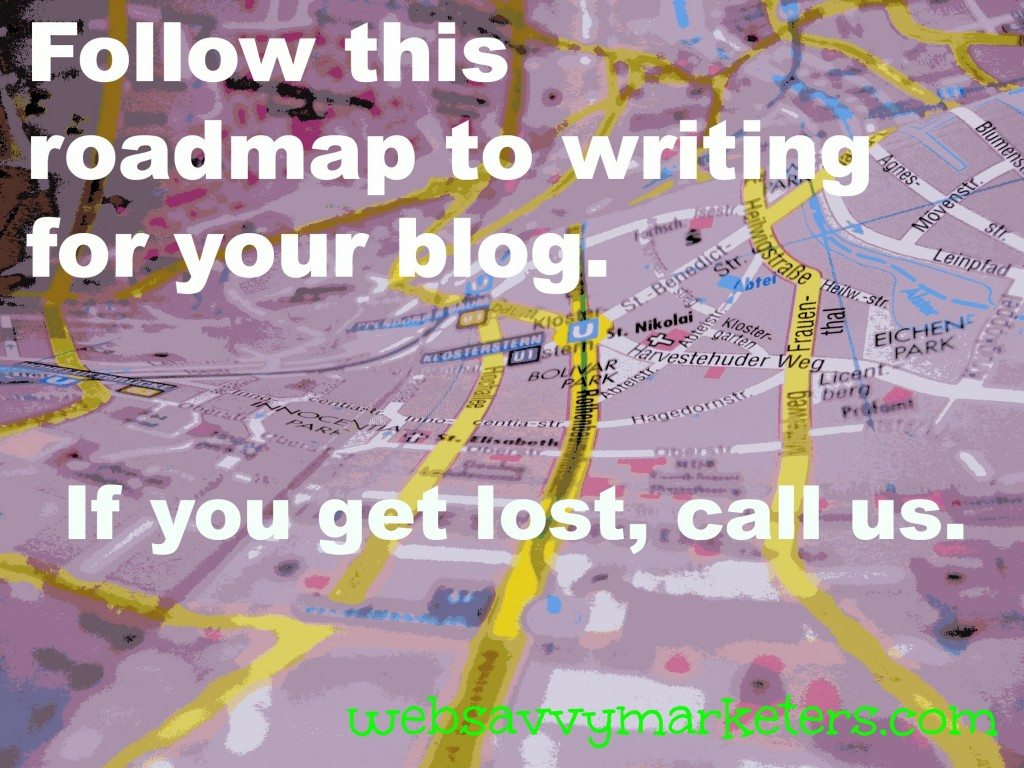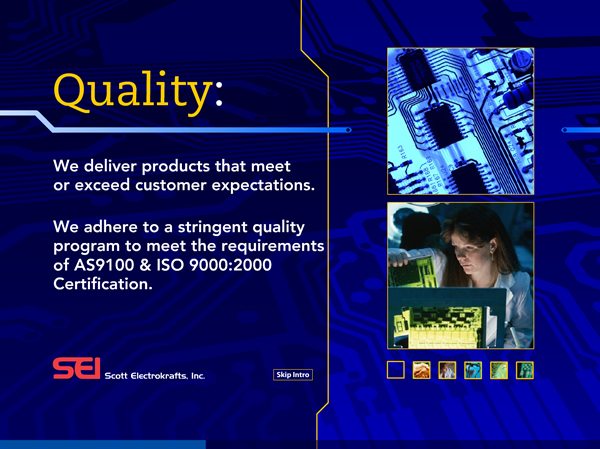 Admit it. You despise having to sign in to sites, remember your password, your username, and authenticate you’re human.
Admit it. You despise having to sign in to sites, remember your password, your username, and authenticate you’re human.
So show some empathy. Make it simple for your site visitors by installing Google+ Sign-In. Next to Facebook, Google+ has the largest percentage of social logins, more than Twitter and LinkedIn.
For users, Google+ Sign-In lowers the barriers to logging in. For website owners, when you offer login and registration with an existing social identity like Google+, drop-off during registration disappears, you increase referral traffic, and you learn more detailed information about your users.
Link Up With the Network
While the old version of Google sign-in is still working, Google+ Sign-In links directly to Google’s social network and profiles, adding another layer of social sharing potential. With their permission, users give access to the basic information from their Google+ public profile, including the list of people in their circles.
If you have a mobile app for your site, Google+ will prompt anyone who logs in to your site through the Google+ Sign-In to download it. Results show that 40% of users are accepting the offer to install a website’s mobile app when offered in the Google+ sign-in process.
People trust Google as a secure provider of their online identity. Using Google+ as your sign-in service also gives site owners the benefits of any improvements and bug fixes that roll out.
It’s a win-win scenario for Google, who clearly is encouraging Google+ participation. If you haven’t created a Google+ profile, it’s not too late to jump on the Google bandwagon and reap its benefits. Authorship markup and author rank are two significant benefits for a website owner.
Google+ Isn’t Just Another Social Site
If you own a website and are interested in content marketing, then you should jump on quickly.Your family jewels may be at stake. In fact, your entire future may be at stake, for Google+ is not merely some silly social network where you make snarky comments and share inane drivel.
Google+, my fellow friends of the Net, is being compared to The Matrix.
As Mike Elgan writes on his Google+ page, The Matrix analogy assumes the “synthetic world around us that exists not for our benefit but for the benefit of the machines, a.k.a. Google,” who “uses Google+ and the Google+ Sign-In to harvest signals from users, and that’s the whole point of the ubiquitous Google social layer.”
Elgan disagrees with this analogy. He says The Matrix is the opposite of what Google+ offers. With The Matrix, humans are stuck in the past as their energy is harvested for exploitation by the machines. Instead, Google helps us to move forward, offering us all of its services for free, a far cry from deceiving us into a virtual reality existence.
Adding Google+ Sign-In begins to sound entirely reasonable, rather like making a simple choice.
Blue pill or red pill? Sign in or sign out?







